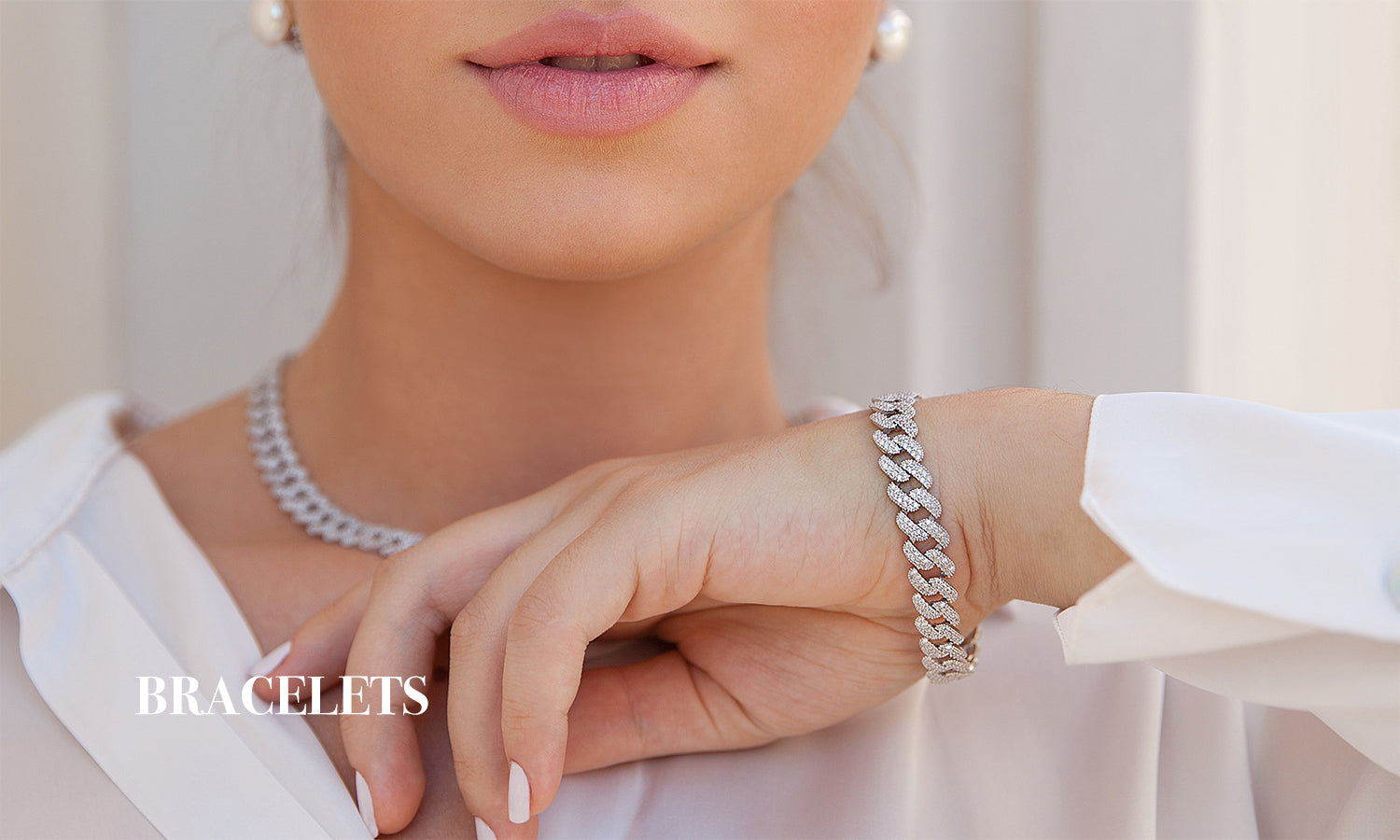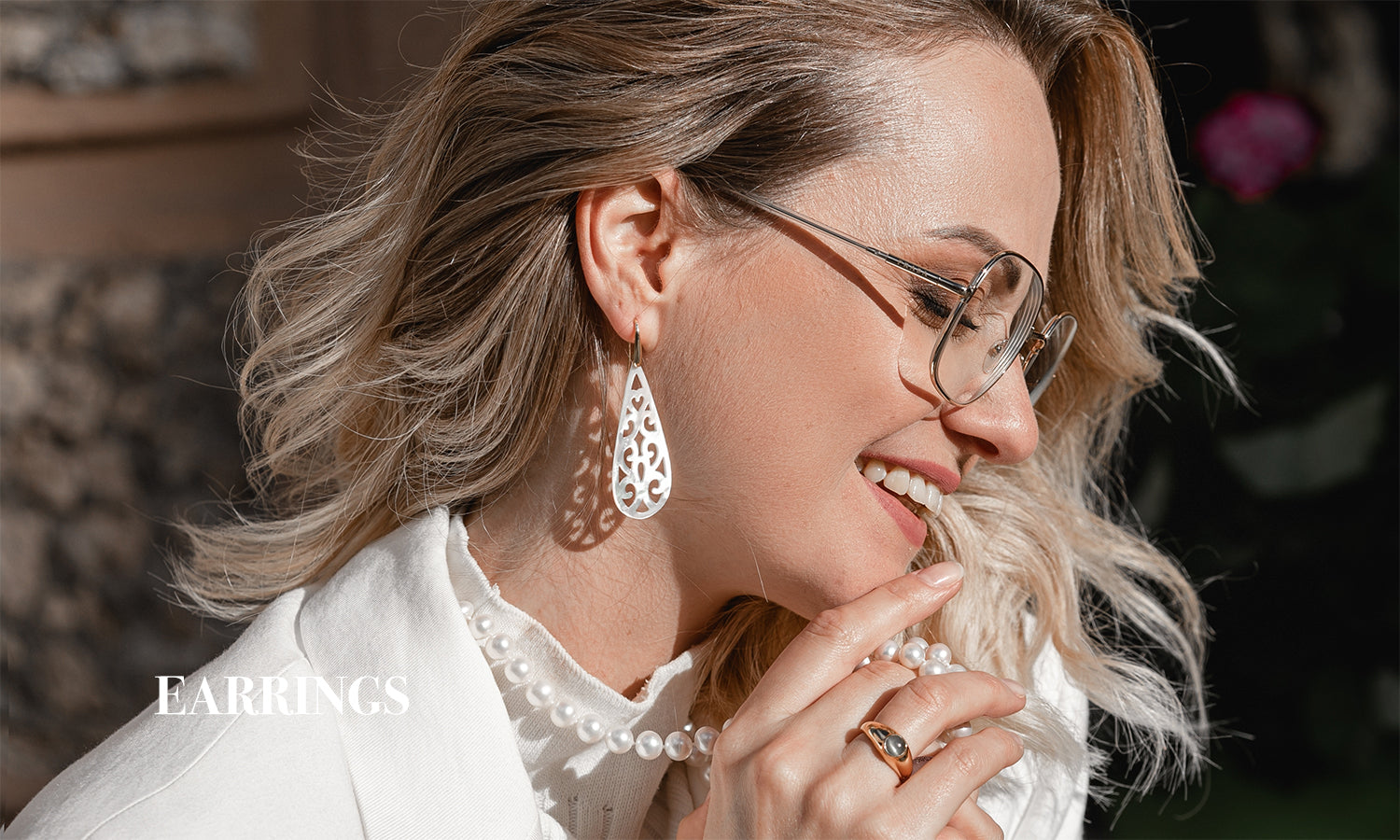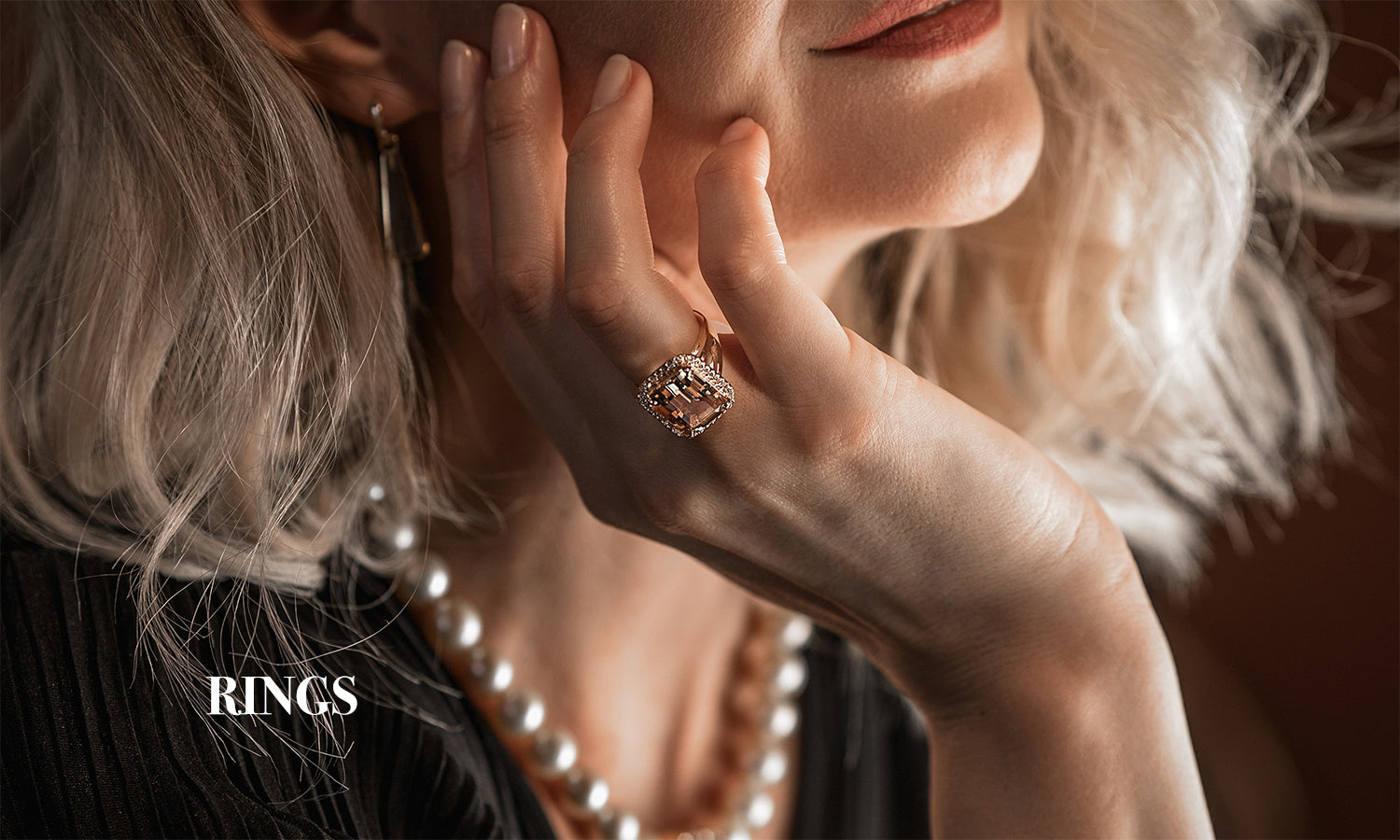
Fake Diamonds? 5 Alternative Gemstones to Diamonds
Share
Diamonds may be a girl's best friend, but probably not for your pocketbook. The use of diamonds in jewelry making adds incredible sparkle and has a long tradition in jewelry. However, more and more women are moving away from traditional diamond jewelry and appreciating the beauty of other, more affordable gemstones. In this Planderful post, we will tell you which gemstones are considered alternatives to diamonds for their similar appearance and great quality but at a much lower cost.
Source: https://bestinucmk.com/product_details/31365367.html
What is a diamond alternative?
Diamond is a natural mineral, scarce and highly prized. It is the hardest mineral known to man, with a 10 on the Mohs scale. This means that it is the stone that is most resistant to scratches and, therefore, has the greatest durability. To cut a diamond, another diamond must be used. Its beauty and brilliance make the diamond a unique gemstone.
Until the 19th century, the use of diamonds in jewelry was exclusive. Only the most dominant classes wore this unique mineral in the world, due to the few existing deposits. The discovery of new deposits at the end of the 19th century, and the appearance of synthetic diamonds afterward, made the use of diamonds become widespread and slightly democratized in the 20th century.
What does a diamond alternative mean? There is a universe of gemstones with a very similar appearance to diamonds and of high quality, even with similar chemical characteristics. A diamond alternative is usually a less expensive gemstone but with great similarity, although other gemstones are also chosen just for their beauty and originality. They are not imitation stones or lower quality, they are gems with their own characteristics and also unique.
If you want to get out of the traditional and save a little money, we invite you to discover the gemstones that are considered diamond alternatives.
Alternatives to diamond:
- Opal
One of the great curiosities of opal is that no two stones are alike. Until a few years ago, it was considered old-fashioned and out of fashion among jewelry manufacturers. However, it has now gained a new lease of life and is considered one of the diamond-like stones.
Opal has a rating of between 5.5 and 6.5 on the Mohs scale. This stone is noted for its brilliance and is capable of reflecting all the colors of the rainbow by capturing light, similar to diamonds.
You may also be interested in: Opal VS Diamond – 5 Ways They’re Different & How To Choose Between Them
- White Topaz
Another great alternative to diamonds is white topaz. Topaz gemstones are ideal for adding a different and peculiar touch to rings, necklaces, and bracelets. In principle, it is a colorless stone, but its imperfections can create different blue, pink, green, and other shades of optical illusions. This makes topaz a somewhat unusual, but very attractive alternative for wedding rings.
White Topaz has a score of 8 on the Mohs hardness scale. Its characteristics, therefore, make it an excellent alternative to diamond in any of its designs.
- White Zircon
White zircon is the oldest mineral on Earth. It is of variable color, and transparent in its pure state, but it acquires different shades due to the impurities it contains. White zircon is the natural stone that most resembles the diamond, so it is often used as a natural substitute for this gemstone. It has a beautiful adamantine luster, strong reflections, and an extraordinary fire, it also has one of the highest refractive indexes that exist -brilliant-, which makes it a very appreciated gem. The main difference is its hardness, with 6/ 7.5 on the Mohs scale.
For the care and cleaning of the zircon we recommend cleaning the gem with a soft cloth or a soft bristle brush and a neutral soap and then rinse it with warm water or at room temperature to remove soap residue.
- Cubic Zirconia
Cubic zirconia is a 100% synthetic, lab-created stone that cannot be found in nature. . Cubic zirconia is zirconium dioxide synthesized in the laboratory. The cubic part of the name indicates that the zirconia was produced to form cubic crystals, like diamond. It is considered to be created to be an economical alternative to diamonds.
Cubic zirconia is distinguished by its incredible brilliance, identical to the Tolkowsky brilliant cut. By its appearance, the difference between zirconia and diamond is not very big. This stone is one of the most popular alternatives to diamonds. It has an 8.5 on the Mohs scale, a slightly lower score than moissanite.
You may also be interested in: Zirconia or diamond? Learn how to tell them apart with these tricks
- Moissanite
In recent times, moissanite is very fashionable. And not only because of its attractiveness and elegance but also because it is one of the best diamond-like stones. When Henri Moissan discovered this mineral, he quickly mistook it for a diamond. In addition to its appearance, it is the hardest mineral, second only to diamond, with a 9.5 on the Mohs scale. Today, it is considered the best alternative to diamonds.
Its luster has a refractive index capable of remaining bright for longer, even brighter than diamonds. This is because it is a precious stone that does not get greasy or dirty as quickly as others.
Moissanite is composed of silicon carbide, an element present mostly in meteorites, making it a very rare mineral in nature. For this reason, moissanite is created in laboratories, which makes it a more ecological and ethical alternative to diamonds, extracted from mines that damage the environment.
Source: https://www.diamondere.com/blog/introducing-moissanite/
So what is the best alternative to diamond?
If you want to find the best alternative to diamonds, we recommend that you consider any of the five options above. Most of them not only compete with diamonds in terms of hardness but also brilliance and color reflections. So much so that they are ideal for any wedding or engagement ring.
Discover our selection of diamond alternative gemstones on the Planderful website.



